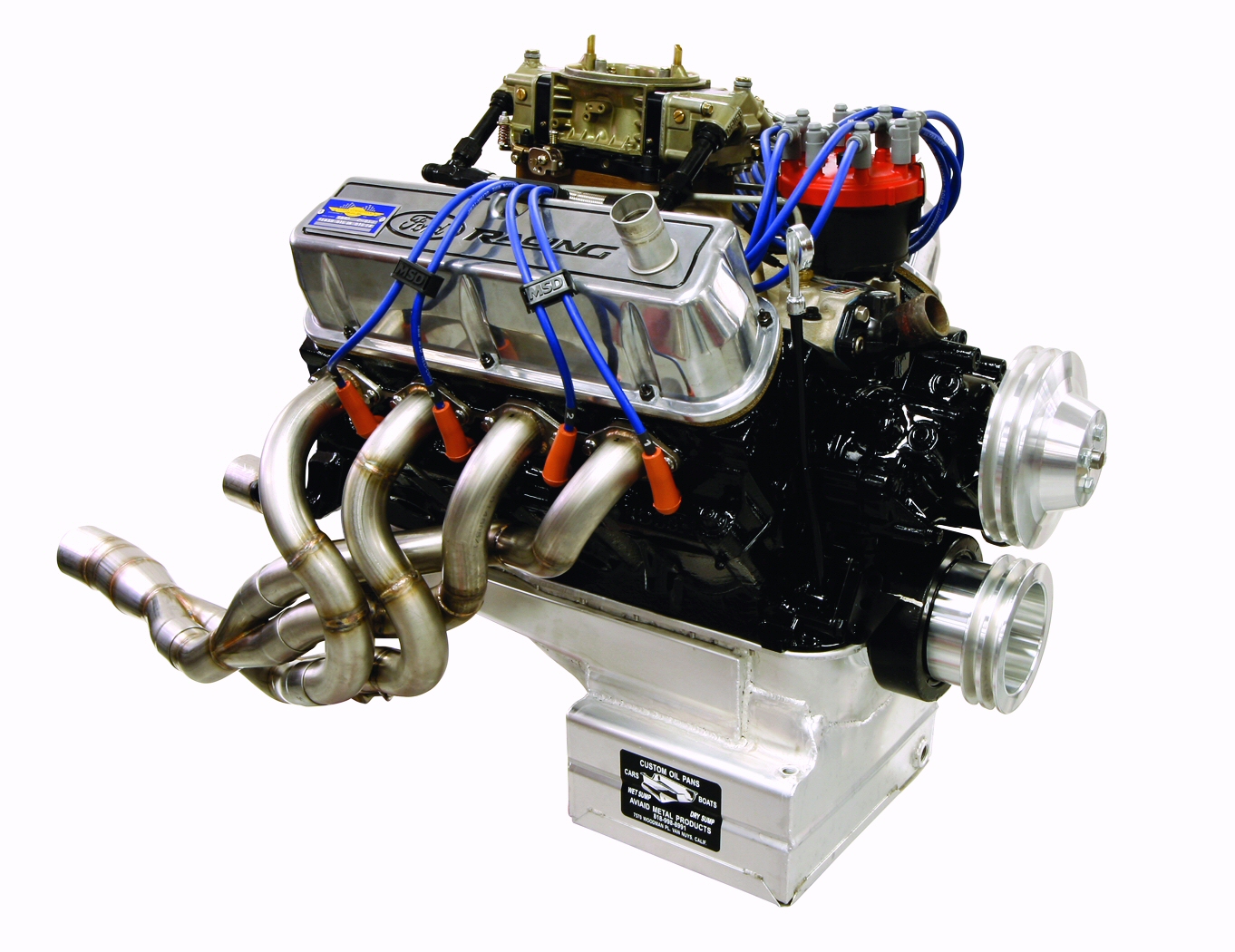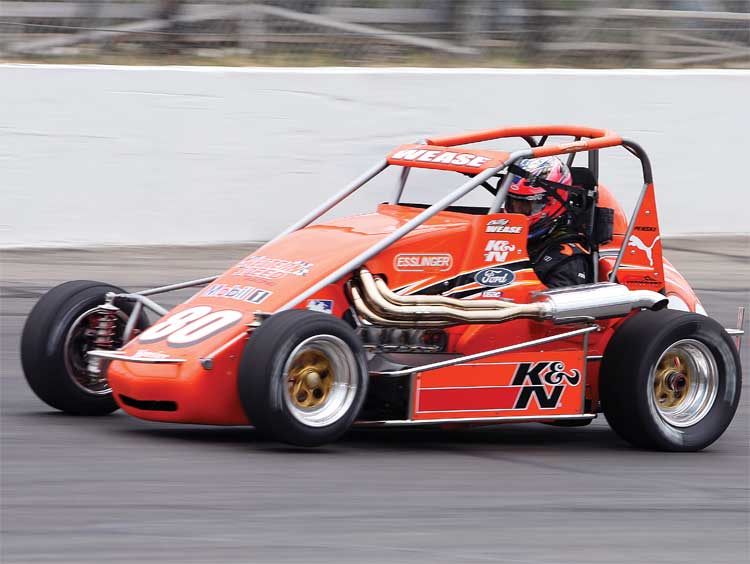Many of the high level professional header builders use stainless exclusively.
http://www.burnsstainless.com/stainlesssteel.aspx
1) Stainless doesn't rust from the inside. As the mild steel rusts on the inside, these guys worry about rust flakes being carried back into the combustion chamber with the residual exhaust gas. Also rust build up reduces the effective ID... before NASCAR and the like started using throw away inconel headers (thin tubing, have to cycle them out), they would Extrude-Hone the exhaust headers every so often to remove carbon buildup (same can be said about rust).
2) Has a lower thermal coefficient of conductivity.
3) Stainless is easier to repair than ceramic coated mild steel.
Don't discount the cost of having a header coated correctly, it's more expensive than you're probably thinking. Zircotec and Swain are the only two that are 'real' ceramic coated. It could be a couple hundred dollars when all said and done.
Disadvantages:
1) Cost
From a power perspective, you will likely not see any difference at this level. If you're a NHRA class racers, or working on a professional level, then it might be worth it.
Your biggest advantage going to stainless is keep more heat inside the primary and away from the intake manifold/carburetors (I believe you have a Sprite?).
Really high level engine builders do their testing with mild steel, then build the final 'to be raced' product out of stainless steel.
Regardless of material choice, you really need to be focusing on a seamless transition from the exhaust port to the header primary, using the largest bend radii that will fit, and using a good collector.
If you want a good blog to read, read this:
http://www.exhausting101.com . Calvin Elston (
http://www.elstonheaders.com) is THE guy that brought back the 4-2-1 headers to NASCAR (and now you see them everywhere in the circle track/road racing professional US Domestic V8 racing world), he has NASCAR, NHRA, WoO (World of Outlaws), and IMSA Championships to his name.
He'll tell you a few things:
1) The port / primary interface needs to be seamless. It's an extension of the exhaust port and you don't step up until further out.
2) The larger the bend radii, the smaller the primary can be for a given flow, preserving velocity (you cannot gain velocity back). He lives and dies by preserving velocity in the exhaust system. This is why the real high level, big $$ headers on professional racing teams are real swoopy.
3) Merge collectors are 'diodes' / anti-reversion pieces. They allow you to use shorter primary tubes to boost the top end without hurting the mid range. Bolting them onto an existing header will likely hurt the top end but maybe gain something on the bottom end (typically below where you're running the engine). There is no real way to figure out how much shorter to go other than experience / testing.
4) Has worked closely with Burns for decades. He'll be the first to tell you their specs are good for figuring out the tubing diameters, but, the diameter suggestion is only accurate where the length ends.
For example: 1.75" @ 32 to a 2.25" choke to a 2.5" collector / tailpipe. The 1.75" is what the pipe needs to be at 32", if the port matches the id area of a 1.5"od tube, then start with that, then step up from there until you reach your 1.75". Using the small tubes goes back to the large bend radii and is the only way you can pull them off.
5) #N-1 headers are pretty easy to calculate. 'Tri-Y' headers are a different animal and require testing, especially in regards to the secondary length.
6) The header and the cam lobe profiles go hand in hand. Often a gain in the exhaust system will require a change in the exhaust lobe to realize its benefits, then you have to go back to playing around with the exhaust again, and keep going back and forth... Often in hemi applications, th9e better the header, the more is sucked out the exhaust - which might initially show a decrease in power. That is until the exhaust valve is shrunk in size or a smaller exhaust lobe is used.
7) Being off an inch or two or three on a primary is worth it if it means being able to use larger bend radii
8 ) Big fan of using A/R chambers (think the Fueling chamber as seen on the Hytech headers where the first step is located), but past the final collector. They've been using them where the collector would end in an 'open header' application when used on a system that requires a full tailpipe.
9) Headers really help out in restricted intake situations (think SIR, NASCAR restrictor plate, and carb limited classes).
10) Transient response means a lot. Power may not be a whole lot better, but the engine accelerates faster. You really need to do work on an inertia dyno to realize this.
That's about it!
Cheers,
Bob





